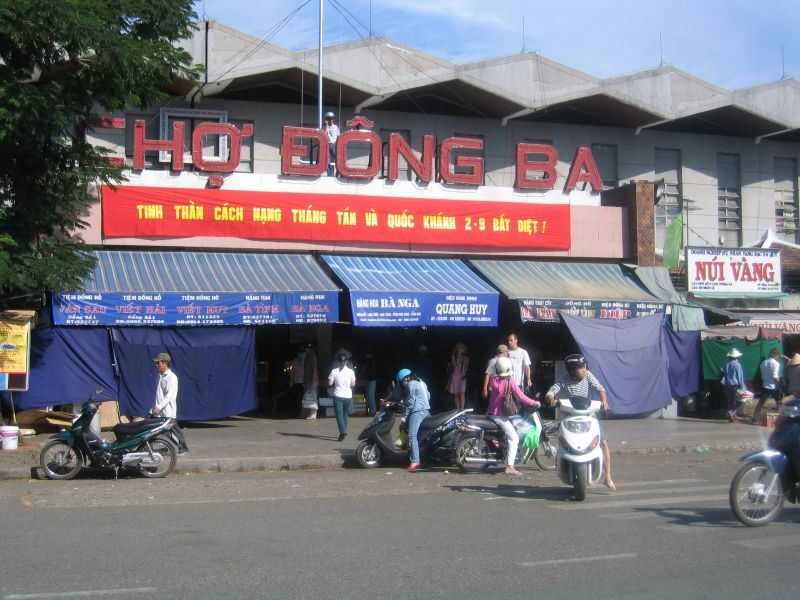If the Temple of Literature in Hanoi is known as the first
university in Vietnam and aslo called Van Mieu Quoc Tu Giam in
Vietnamese language, Hue Temple of Literature is regarded as a worship
temple founded by the Nguyen Dynasty to dedicate to celebrated scholars
of Confucianism.
During the old time, various Temples of
Literature were built by the Nguyen Lords in the capital and moved to
three different places: Trieu Son Village, Luong Quang Village and Long
Ho Village. Hue Temple of Literature , also called Van Mieu Hue in
Vietnamese language, is a worship temple founded by the Nguyen Dynasty
to dedicate to celebrated scholars of Confucianism.
In 1808, Gia Long and his Imperial Court decided to choose a low hill beyond the Thien Mu Pagoda,
on the left bank of the Perfume River, i.e. the current position, to
built a new imposing and striking Temple of Literature. The construction
of the Temple of Literature was commenced on April 17th, 1808 and
finished on November 12th, 1808.
The
Temple of Literature faces south. All main constructive works were
built on the top of the hill, three meters higher than the surrounding
land. In front of it was the Perfume River, in the back was villages,
hills and mounts spreading from Truong Son Range.
All items of Hue
Temple of Literature were erected on a square surface of 160m long on
each side enclosed by La Thanh (surrounding wall). There was once a
complex of 50 big and small constructions including 32 steles which bore
names of doctors and four other steles.

The
Temple of Literature was many times renovated and many sub -
constructions were built, especially in Minh Mang and Thieu Tri's time.
From Minh Mang's time onwards, National Examinations were held so that
steles bearing the names of successful candidates were erected here.
These "Tien si de danh bia" - "Steles bearing doctors' names" were
gradually erected on the yard of the main temple from 1831 to 1919, the
year in which the last National Examinations was held in Khai Dinh's
time.

"Steles bearing doctors' names" in Hue Temple of Literature
As
destroyed by the war and weather, the remains of the Temple of
Literature are now the 34 steles of great cultural and historic value.
On these steles are names, ages and places of birth of 239 successful
candidates in National Examinations organized in the Nguyen Dynasty.
Today, visiting Hue Temple of Literature, tourists can see the unique symbol of Vietnam’s past eductional system. They can
understand more about the tradition of knowledge appreciation, scholars
administration and study encouragement of our ancestors during the
feudal times.



